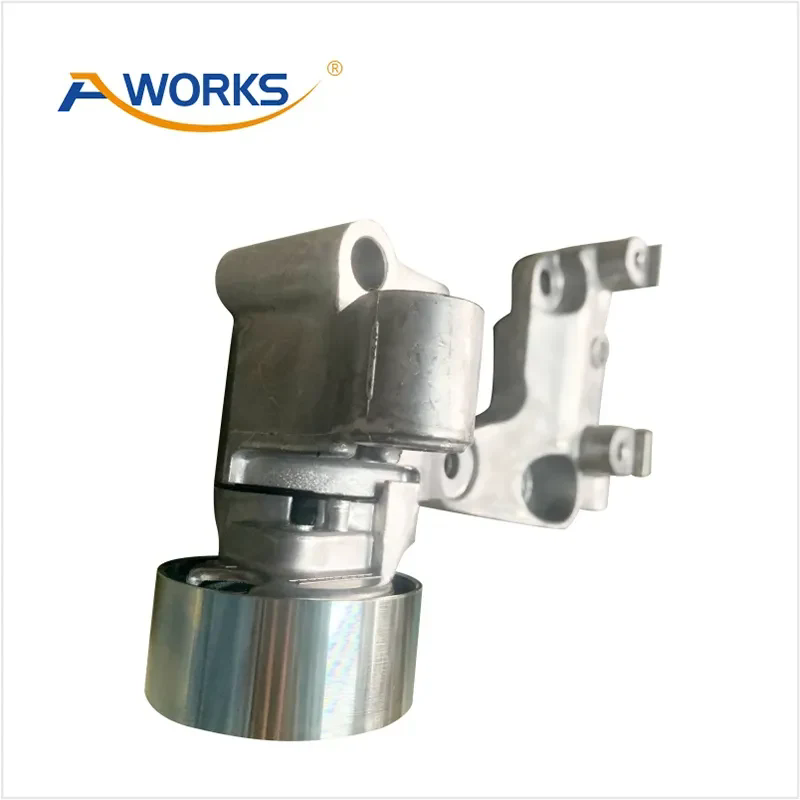Function of Automotive Engine Tensioner
2024-06-27
An automotive engine tensioner, often referred to as a serpentine belt tensioner or timing belt tensioner, is a critical component in the engine's accessory drive system. Here’s an overview of its function, components, and importance:
Function:
1. Belt Tensioning: The primary function of an engine tensioner is to maintain proper tension on the serpentine belt or timing belt. This ensures that the belt stays securely in place and operates efficiently without slipping.
2. Prevention of Slippage: Proper tension prevents slippage between the belt and pulleys, which is crucial for driving various engine components such as the alternator, power steering pump, water pump, and air conditioning compressor.
3. Dynamic Adjustment: Engine tensioners are designed to dynamically adjust tension as the engine operates and the belt stretches over time. This helps to compensate for belt wear and thermal expansion, maintaining consistent performance.
Components:
1. Pulley: The tensioner assembly includes a pulley around which the belt runs. This pulley may be smooth or grooved, depending on the design and application.
2. Spring or Hydraulic Mechanism: Tensioners typically incorporate a spring or hydraulic mechanism that applies force to the pulley. This force creates the necessary tension on the belt to keep it taut.
3. Adjustment Mechanism: Modern tensioners may have an automatic or manual adjustment mechanism to fine-tune belt tension. Automatic tensioners use internal mechanisms to adjust automatically based on belt conditions.
Importance:
1. Reliability: Proper tensioning is critical for the reliable operation of engine accessories. A malfunctioning tensioner can lead to belt slippage, which can cause accessories to fail or operate inefficiently.
2. Longevity: Maintaining correct belt tension helps extend the lifespan of both the belt and the driven components. It reduces wear on the belt and prevents premature failure of accessories.
3. Performance: Engine tensioners contribute to overall engine performance by ensuring that accessories operate at optimal efficiency, thereby reducing parasitic drag on the engine.
Maintenance and Replacement:
1. Inspection: Periodically inspect the tensioner and belt for signs of wear, such as cracks, fraying, or unusual noises. Address any issues promptly to prevent more significant problems.
2. Replacement: Tensioners are generally replaced as part of scheduled maintenance intervals or when signs of wear or malfunction are detected. This ensures continued reliability and performance of the engine's accessory drive system.
In summary, an automotive engine tensioner is a vital component that plays a crucial role in maintaining proper belt tension, ensuring the reliable operation and longevity of engine accessories. Regular maintenance and timely replacement are essential to prevent potential failures and maintain optimal engine performance.



